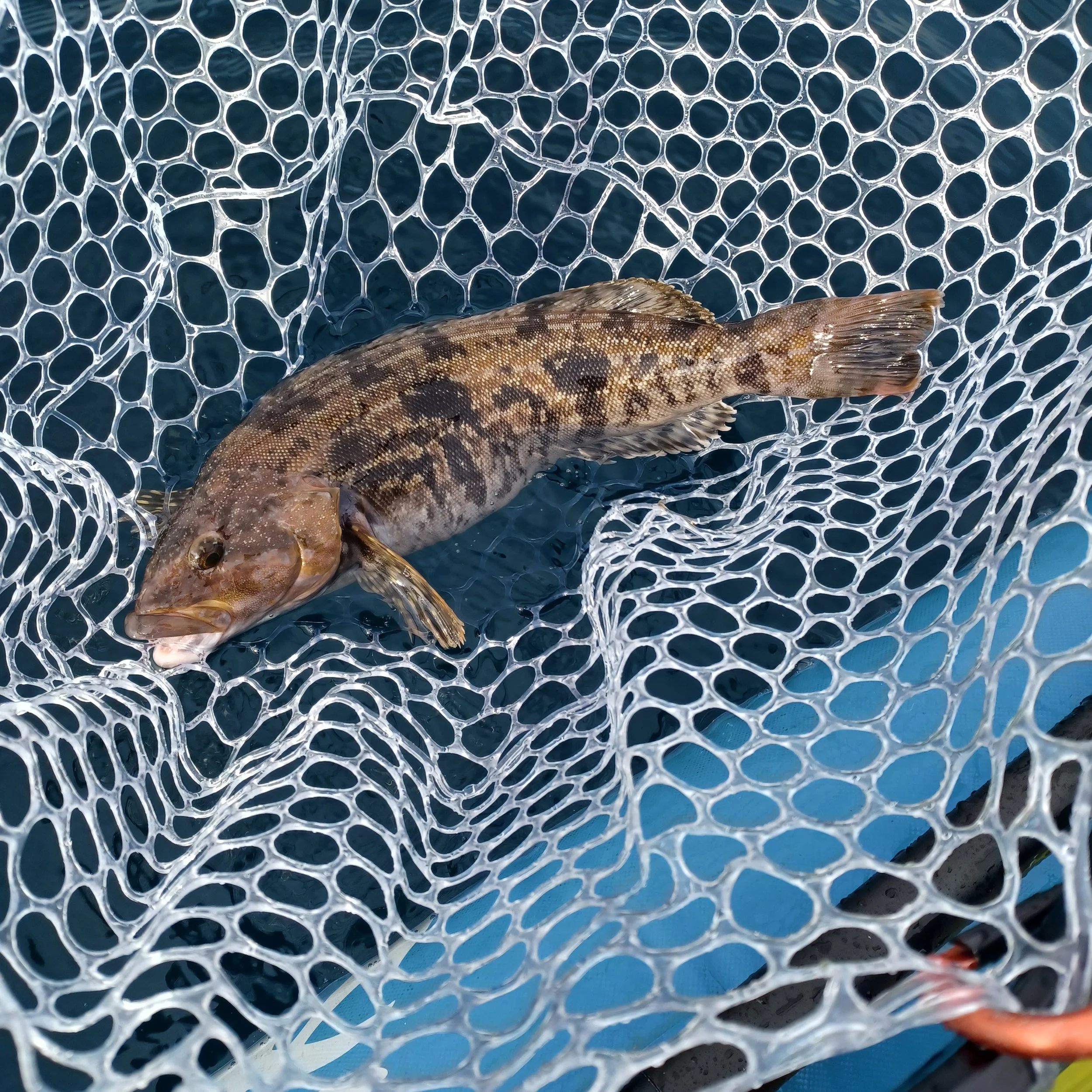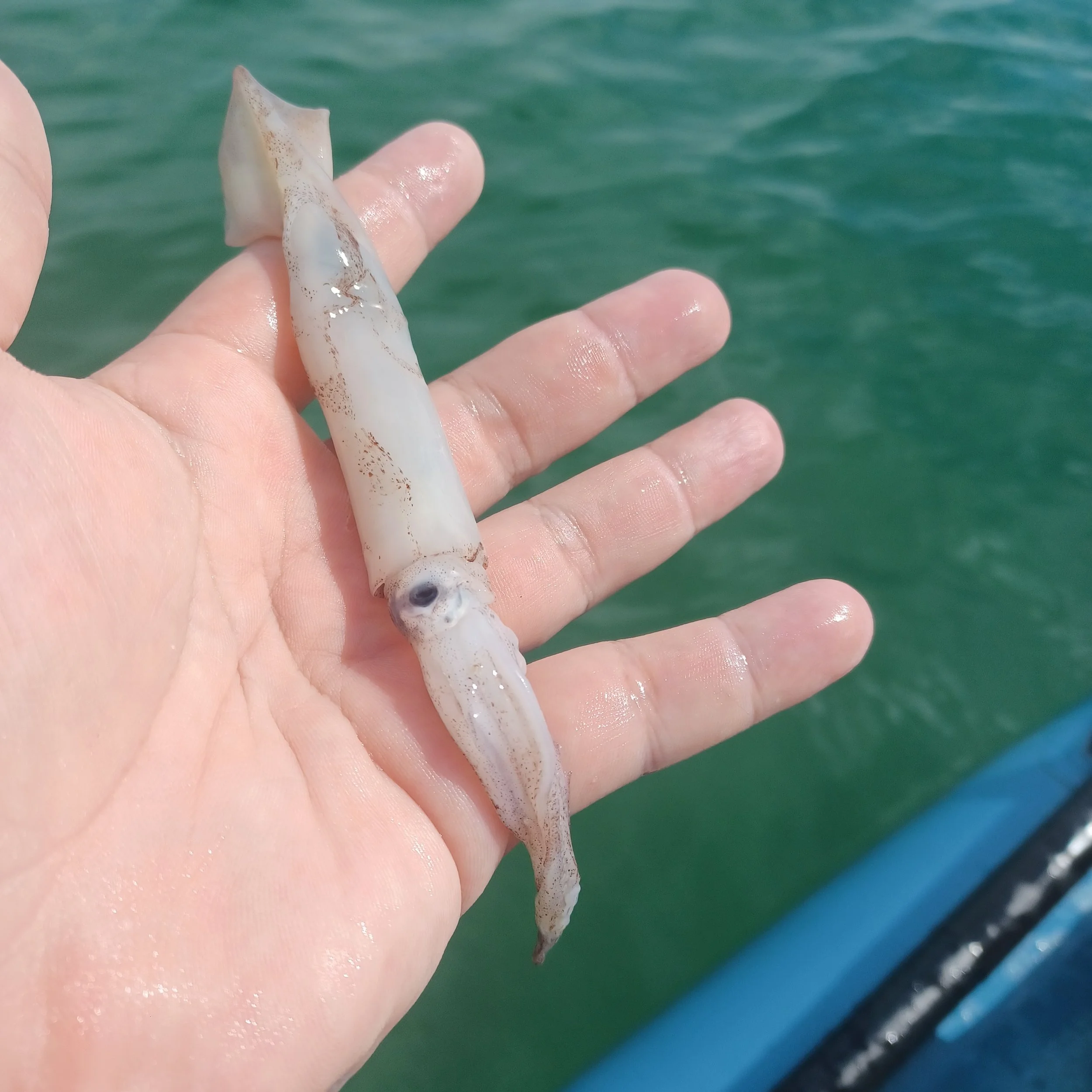The East Sea water temperature hit 70°F in late June, marking the earliest I’ve ever started ocean fishing in Korea. Typically, I wait until late August or September, when schools of Spanish mackerel are well established—you can usually track this through Korean fishing YouTubers.
This year, I kicked off the mornings with a bit of trolling and managed to pick up a handful of good-sized mackerel (not Spanish). While trolling, I used the opportunity to scan the bottom for promising structure—rock piles and drop-offs in particular. The bite was strongest during the first two hours after sunrise and the last two hours before sunset.
Once the sun got higher, I switched over to bottom fishing. A 30g slow-pitch jig seemed to outperform the 40g version, especially in the 50–70 ft depth range. I primarily caught rockfish and rock greenling. I was hoping to run into some flounder but didn’t get any hits.
One surprising detail: there was noticeably less boat traffic on the weekend. This seems counterintuitive, but it’s probably due to the peak squid fishing season. Squid boats operate at night and steam back to port around 8 a.m..
Korea still lacks a strong kayak fishing culture, so if you're out on a yak, be cautious. Commercial boats won’t slow down or change course for you.
Normally, I find weekday fishing more peaceful, but in this case, weekends were actually calmer.
As of mid-July, the sea surface temperature is 7°F above average for this time of the year. I’m not sure what that means for the rest of the season, but I’ll keep heading out and report back with any notable changes.




